This was a very pleasant walk with the National Parks Association of NSW, led by Brian Everingham. The plan was to meet at La Perouse, and then walk to the nearby Congwong Beach, and then to Henry Head and Cape Banks. From there head north to the old cemetery and then along a road to the Jennifer Street Boardwalk to see a patch of Eastern Suburbs Banksia Ecological Community, and then back to the start.
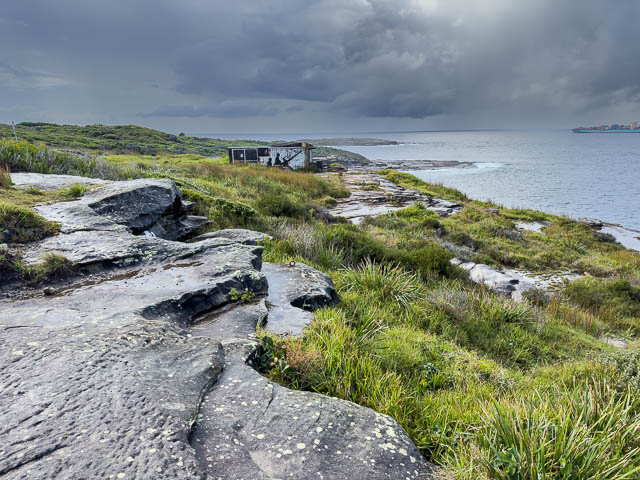
Thanks to Valerie and Deb for al lift to La Perouse. While we gathering, I headed down to the waterfront to photograph some birds.
Pied Cormorants
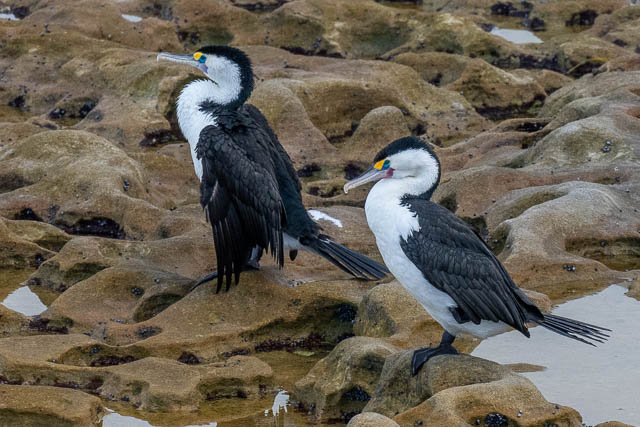
Pied Oystercatchers
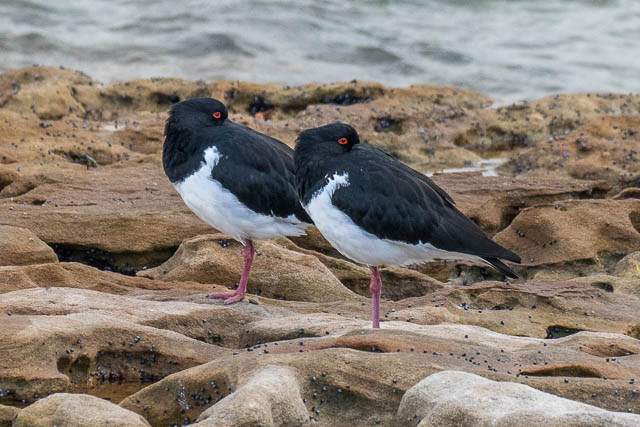
Crested Terns
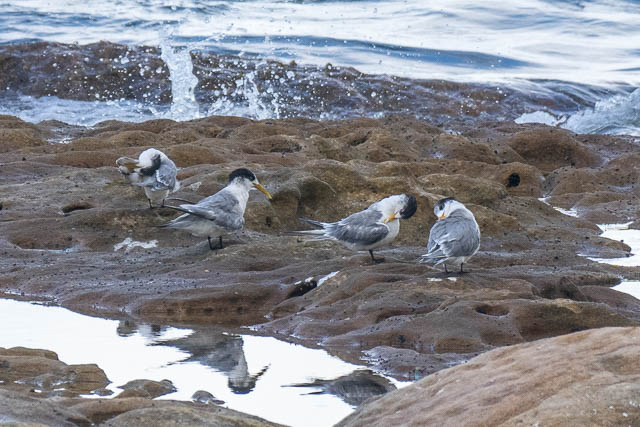
Here is the old Barrack Tower –
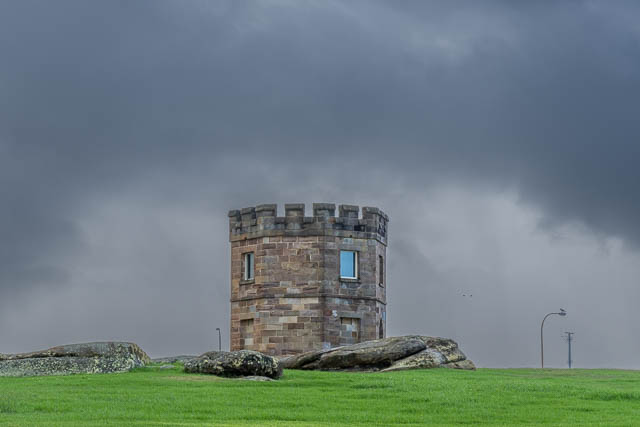
From Brian’s trip report –
Built in c1821-22 to house troops assigned to watch for smugglers. Also known as Barrack Tower. The Macquarie Watchtower is the earliest known surviving, sandstone tower building in Australia. It became the first Customs outstation in Australia in 1829 and operated as a Customs Station until 1903. And, yes, it was also used as a school space for local children.
In the party was Brian, Valerie, Deb, Suzanne, Jenny R, Judy, Jenny M, Chris and Mary, Rosalind, Judith, Vivienne, Marion and myself. Motsof the walk would be in Kamay Botany Bay National Park.
On the way down to Congwong Beach, we saw this Superb Fairy-wren –

We soon reached the beach.
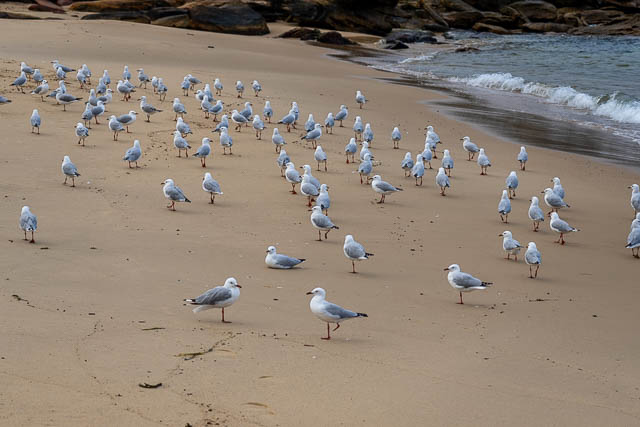
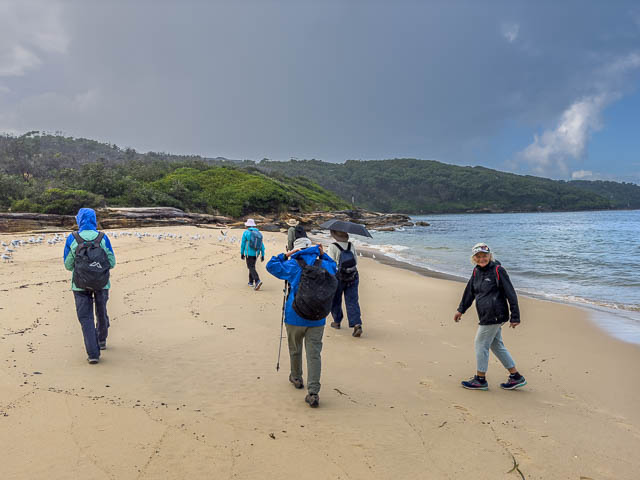
We then headed up the track. Here is some Jelly Fungus – Tremella mesenterica –

The trees were magnificent after recent rain.

It rained a bit during this section, but a few minutes of rain was all we experienced on the walk.
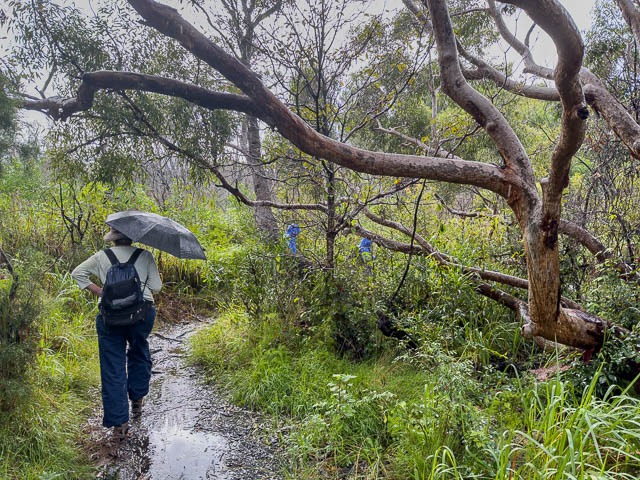
The track took us through a perched swamp.
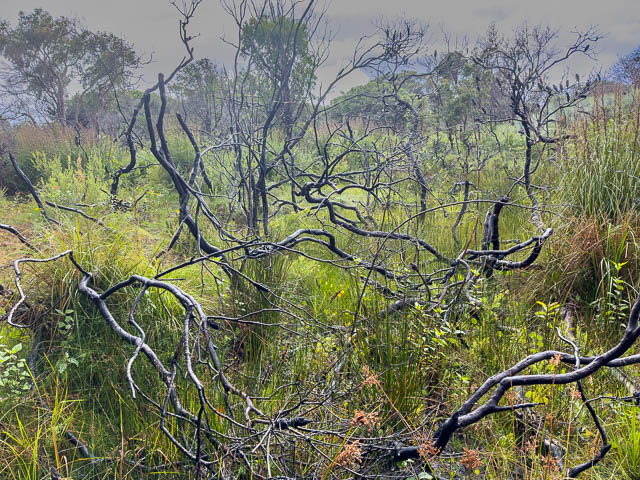

Two of the many Golden Orb Spiders –

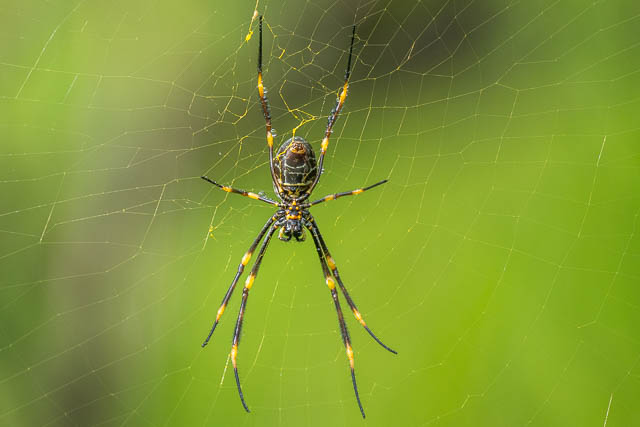

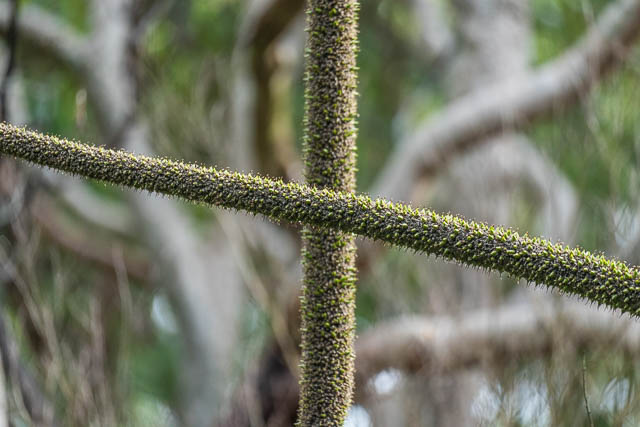
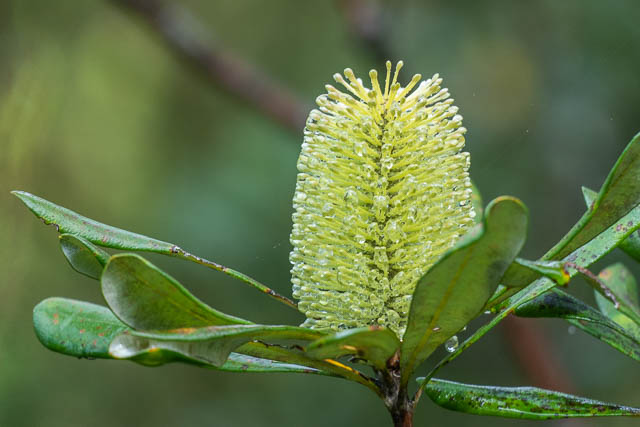
Superb Fairy-wren
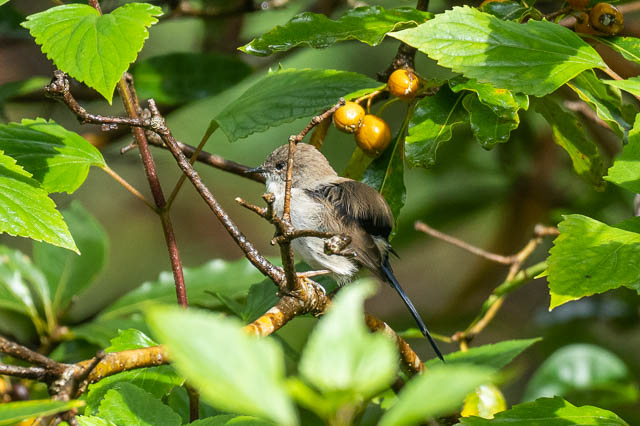

Plague Soldier Beetles (Chauliognathus lugubris) –
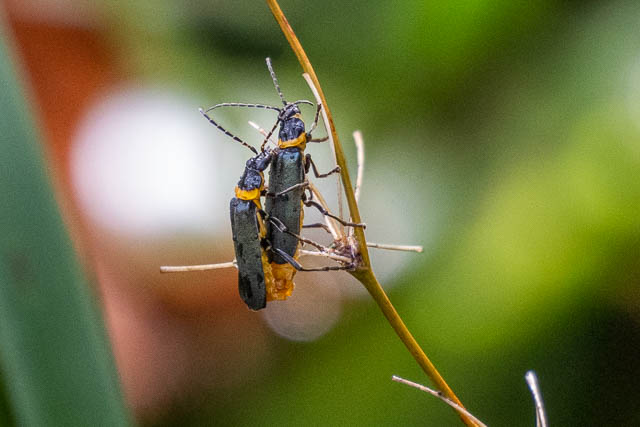
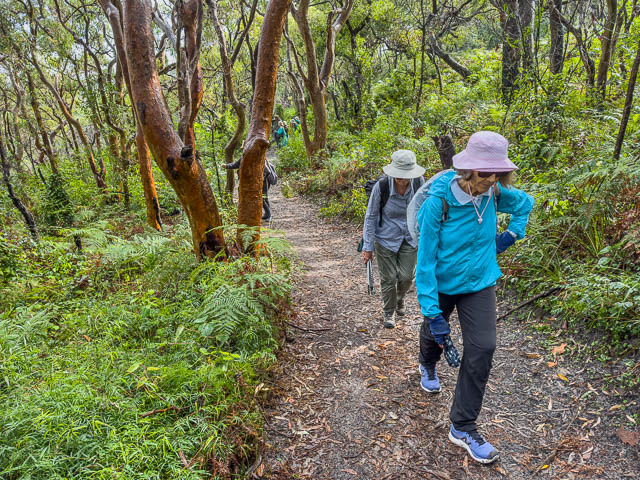
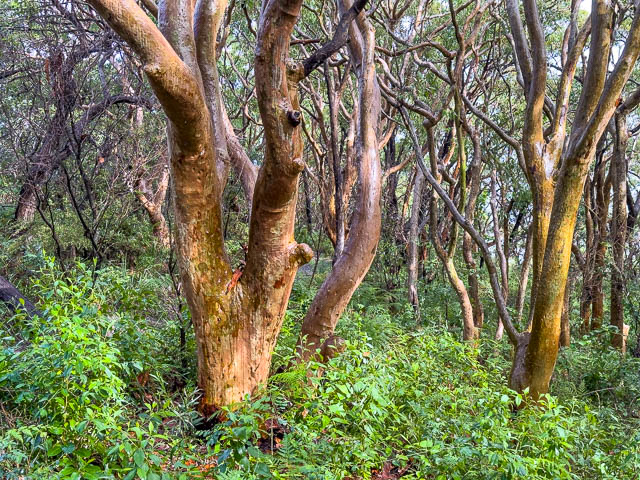

Bare Island –
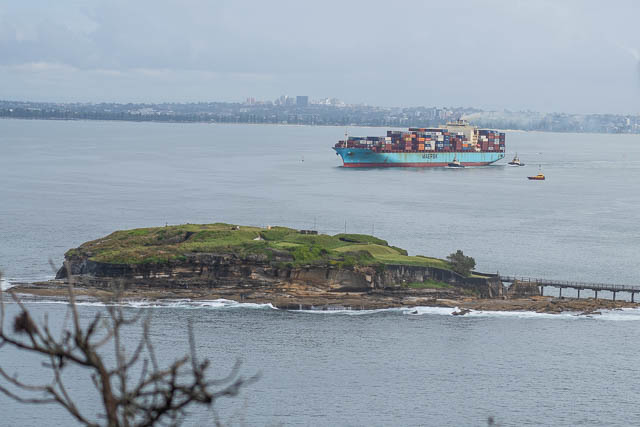
Little Wattlebird

We then arrived at the old fortifications at Henry Head. The original fort was constructed from 1892 – 95 and the fort was maintained until 1910. It was equipped with two 6 inch guns. This would have been one of the gun emplacements –
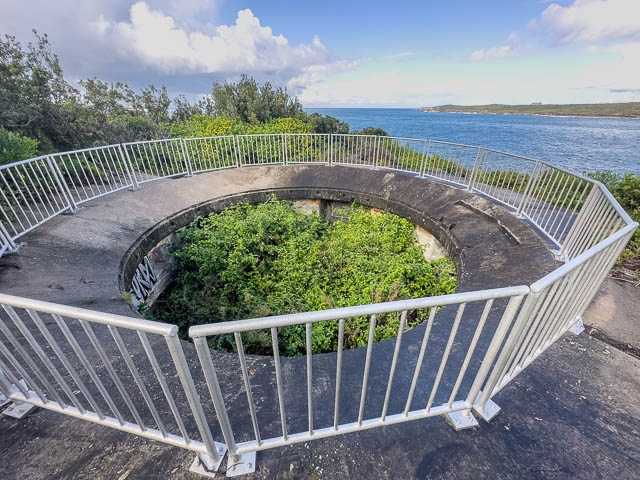
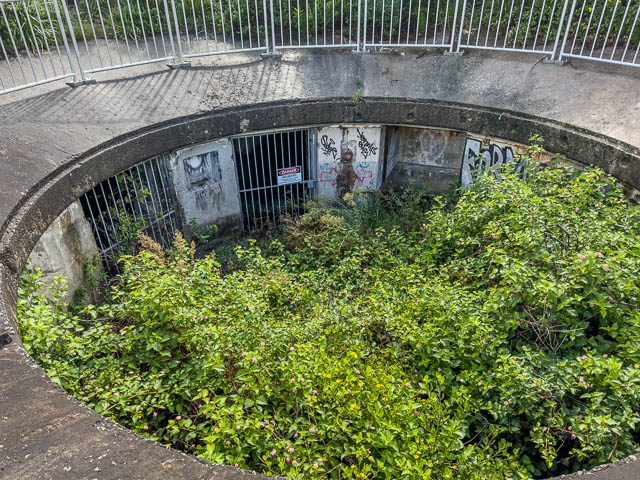
And the second emplacement –

The fort was reestablished as the Henry Battery in World War II. Two concrete bunkers were constructed that housed 30 pounder (~ 3 inch) artillery cannons. Their purpose was to prevent Japanese torpedo boats from entering Botany Bay.
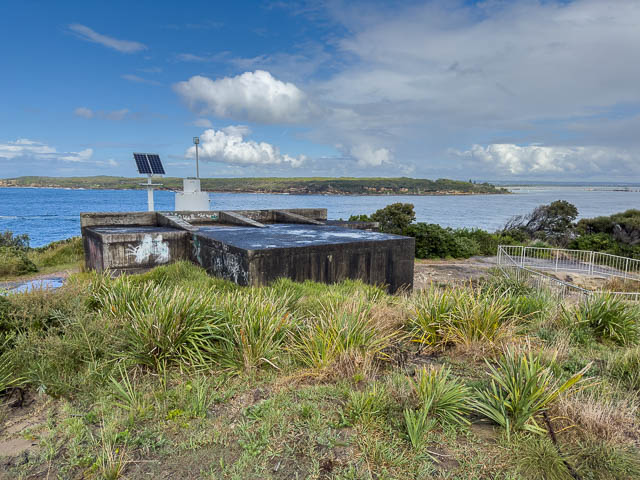

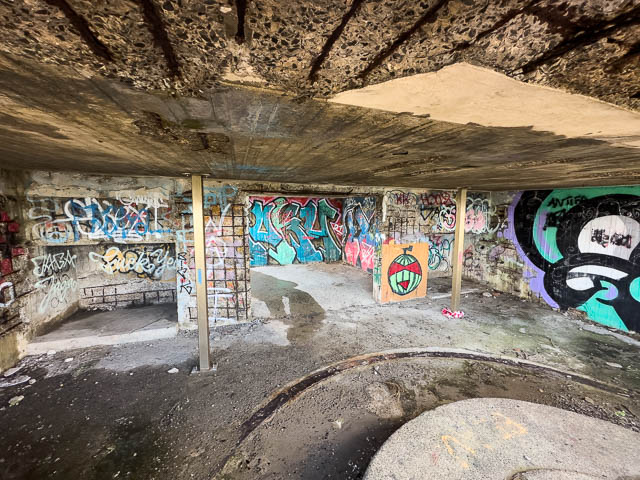

We continued along the track towards Cape Banks.
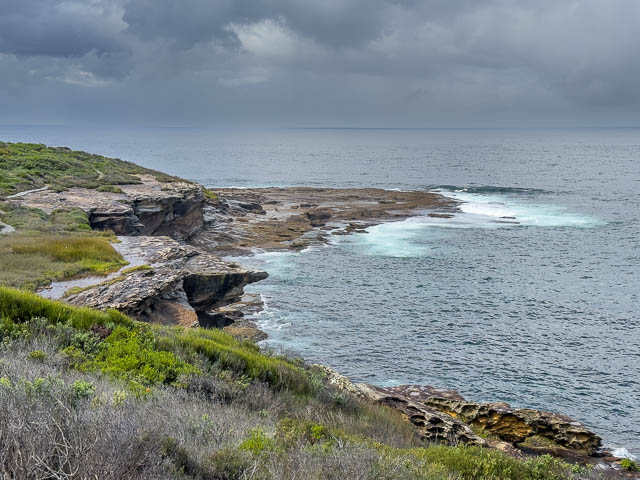


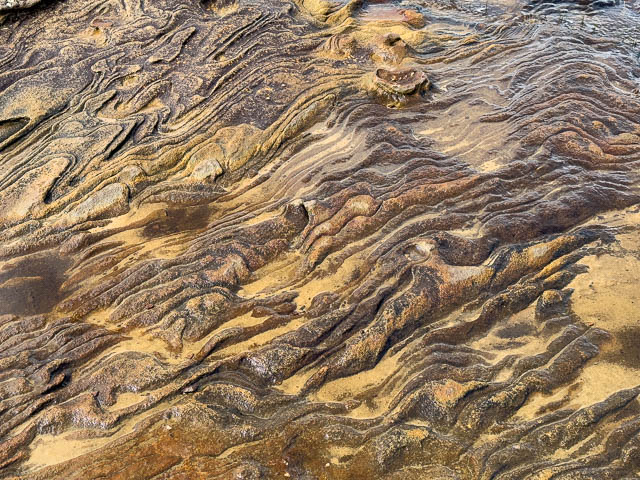


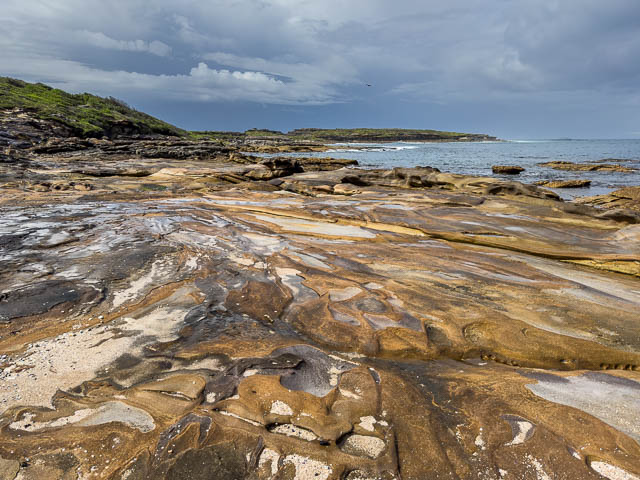
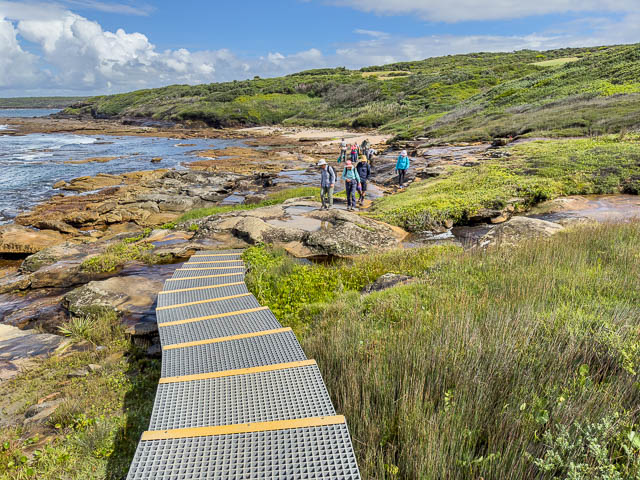
The last section is through a Golf Course.
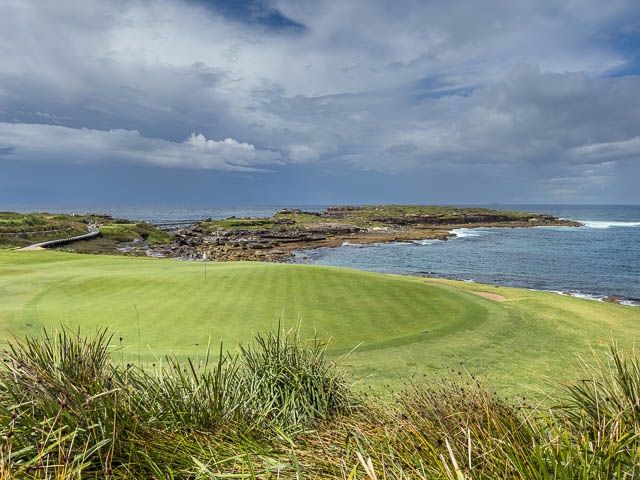

Then across a bridge to the Cape.
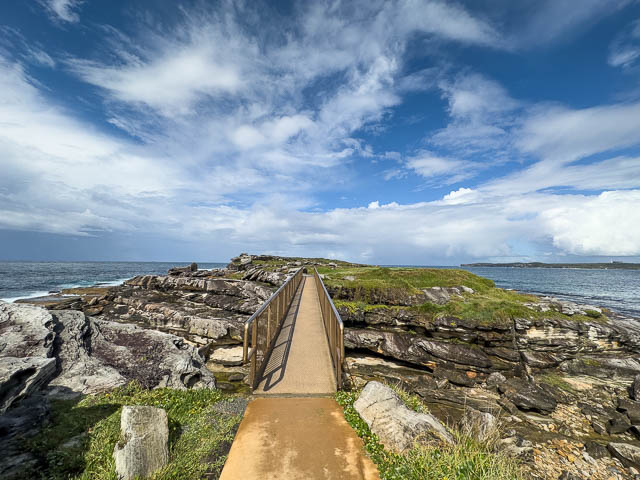
We crossed some beautiful rock platforms –
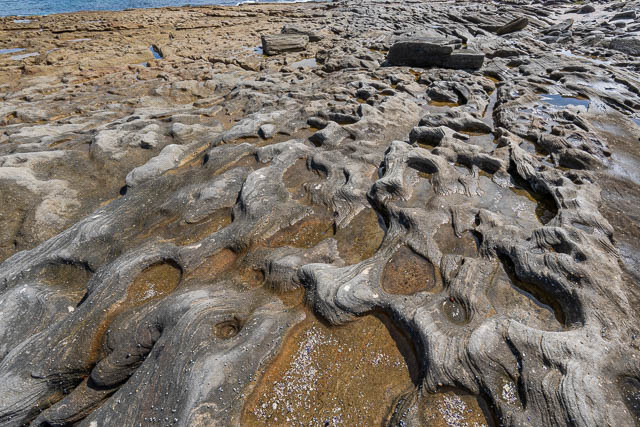
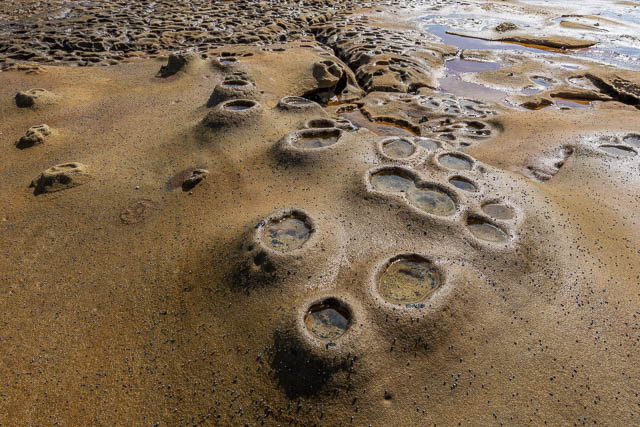
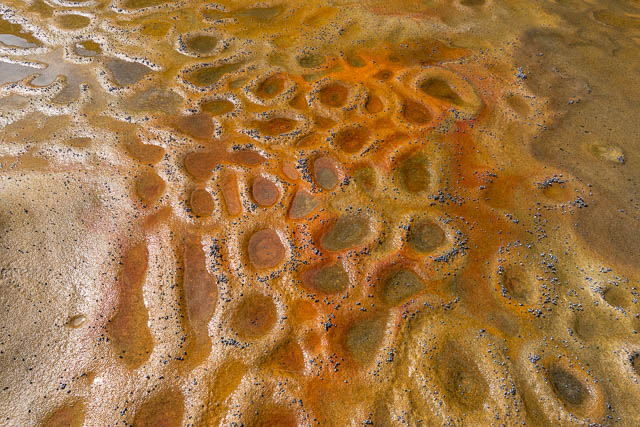
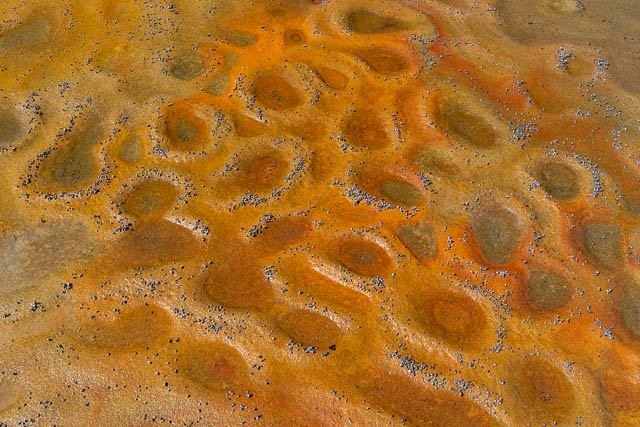
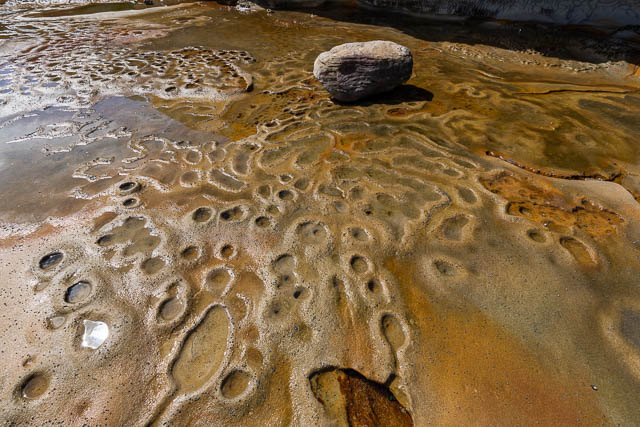
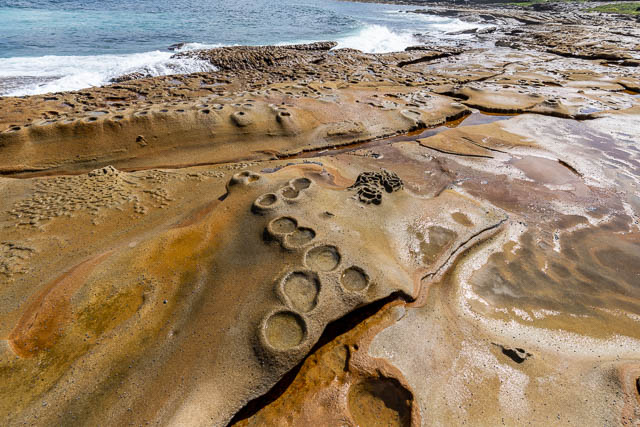
We were heading to an old wreck.


We reached the wreck of the SS Minmi
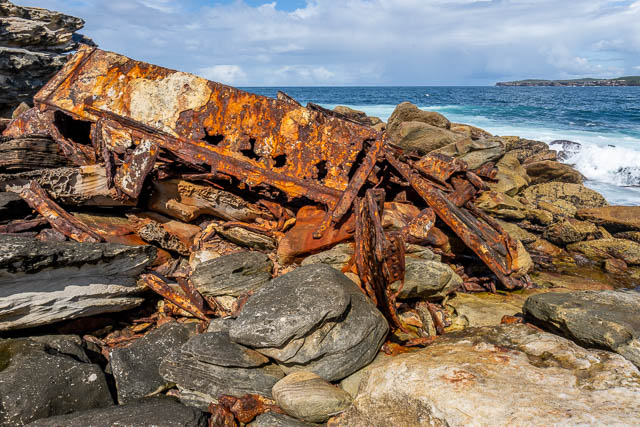
From Brian’s trip report –
The SS Minmi was a steamed collier built in Glasgow, Scotland in 1927, weighing 1,455 tonnes and 75 metres long. In 1937, while returning from Melbourne to Newcastle it struck the outside of Cape Banks, waking up the soldiers from the nearby Cape Banks Artillery Garrison. The ship split into two leaving 20 crew members stranded on either side of the ship, who were all rescued without incident.
Large crowds of up to 100,000 made the trek to La Perouse to see the wreck leaving cars banked up for 4 miles along Anzac Pde. Police was called in to control the traffic and to guard the cliffs.
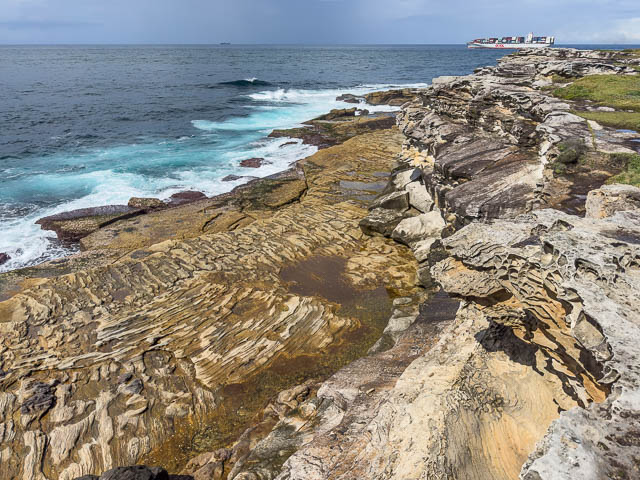
We left Cape Banks and followed the track north. Here is a White-faced Heron getting out of our way.
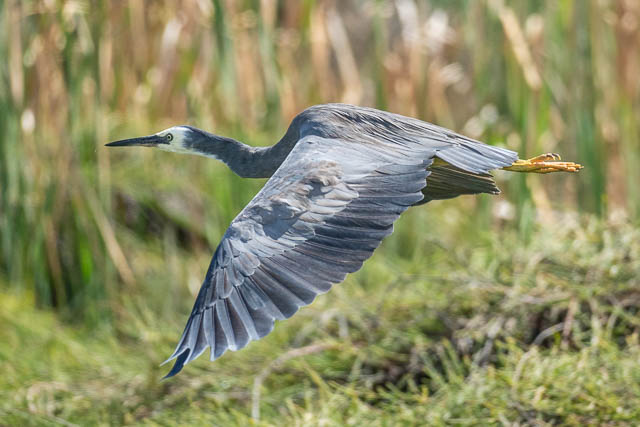
We passed this dyke –

Golden-headed Cisticola

We passed a protected patch of Bitou Bush. Yes – this patch, in the National Park, is being allowed to remain for research purposes.
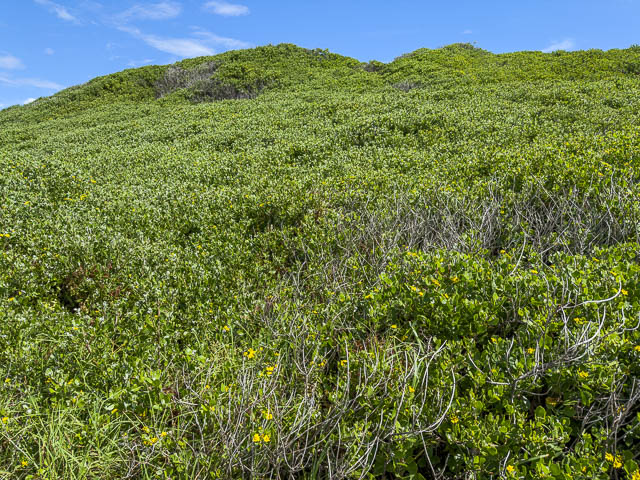
We then reached the Banks Battery, another World War II Defence Structure.

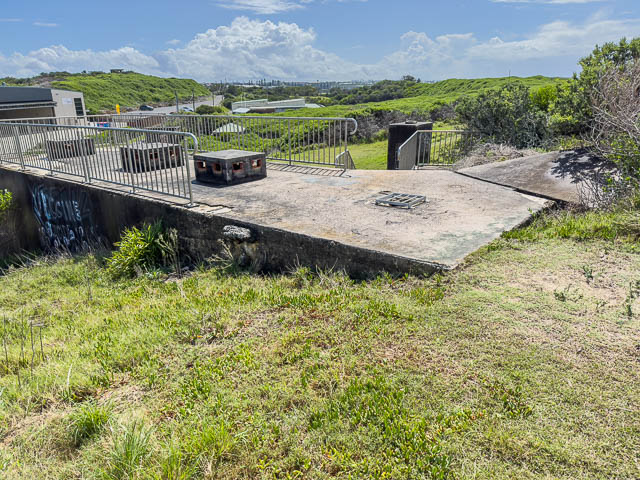
This substantial battery was equiped with two 9 inch guns.


Higher up is the Battery’s Observation Post. This would’ve housed the range finders and communications equipment.
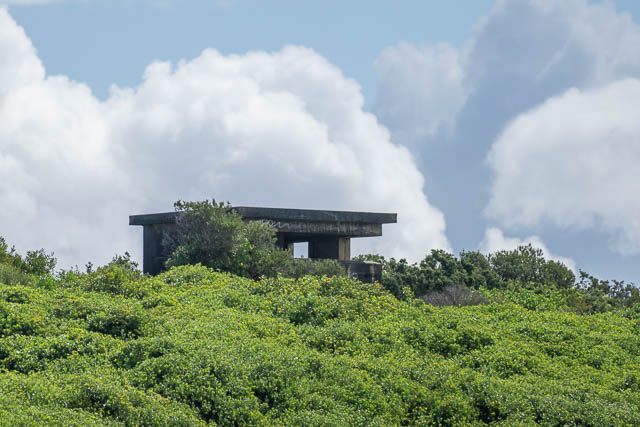
Next to the battery is a helicopter rescue base. A Black-shouldered Kite was perched on a Yagi antenna.
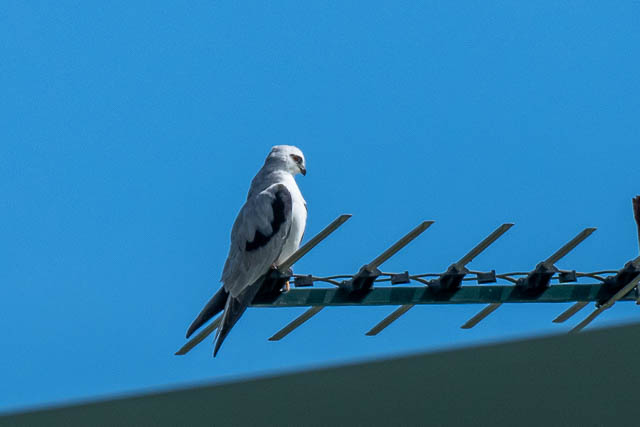
We then reached the old cemetery –
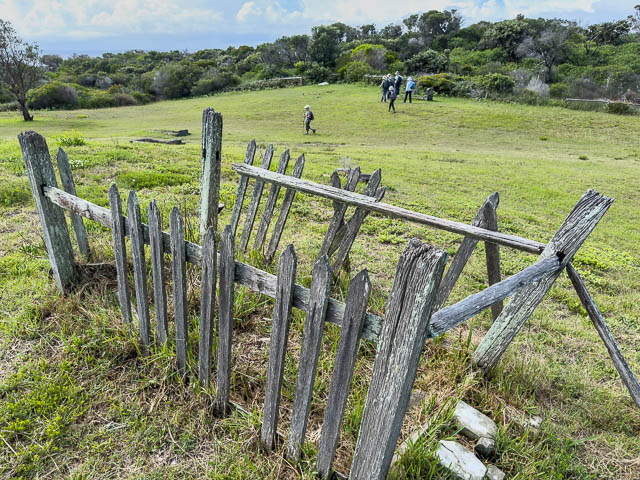

We found a shady place and stopped for lunch.
The next section was road for short distance, and we turned off and walked through a small patch of the National Park via the Jennifer Street Boardwalk. This passes through a section of the Eastern Suburbs Banksia Ecological Community.
Banksia aemula

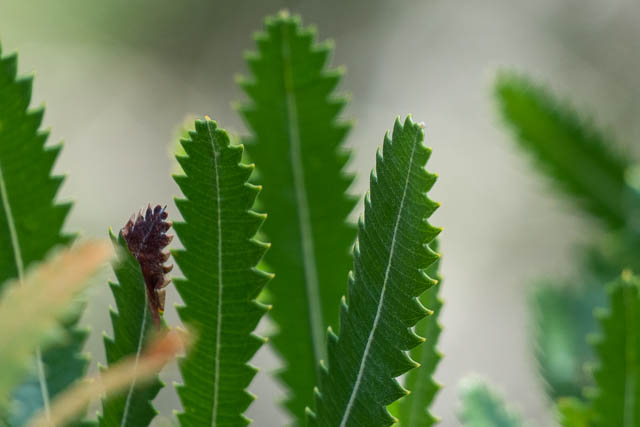
We then had short section of road walking. Along Reservoir Road, we passed this heritage listed reservoir –
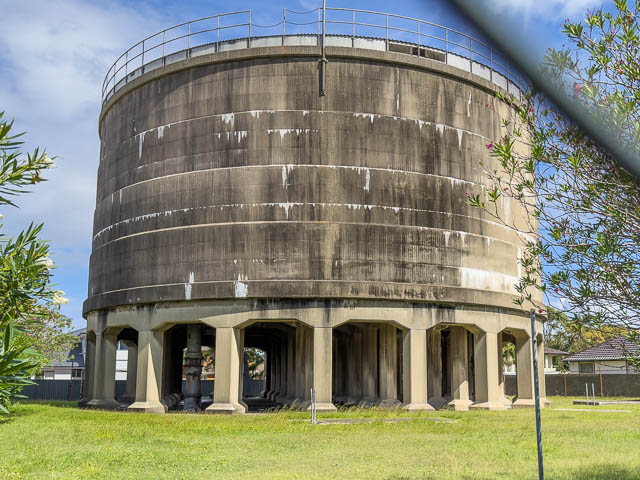
And then last bit of track back down to near the start.
Cantherellus concinnus
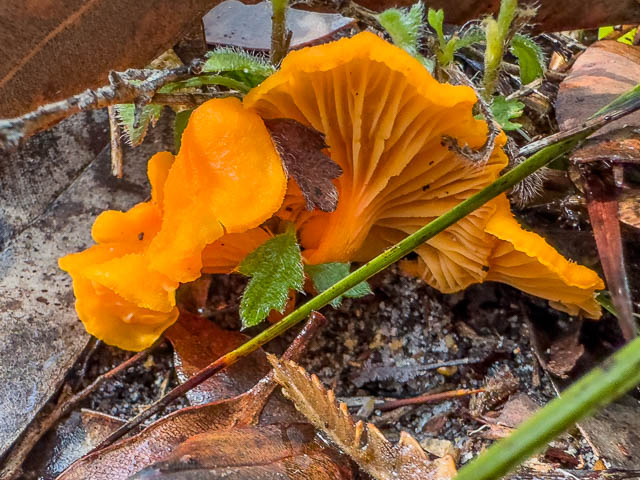
And we spotted some Bonnet Orchids (Cryptostylis erecta) –
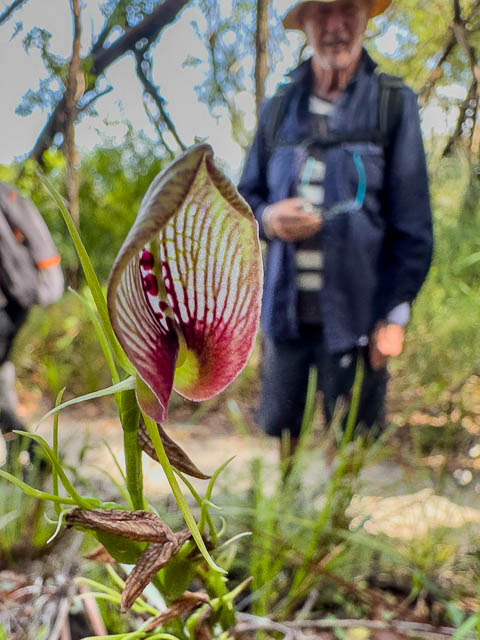
Many thanks to Brian for leading the interesting walk.
